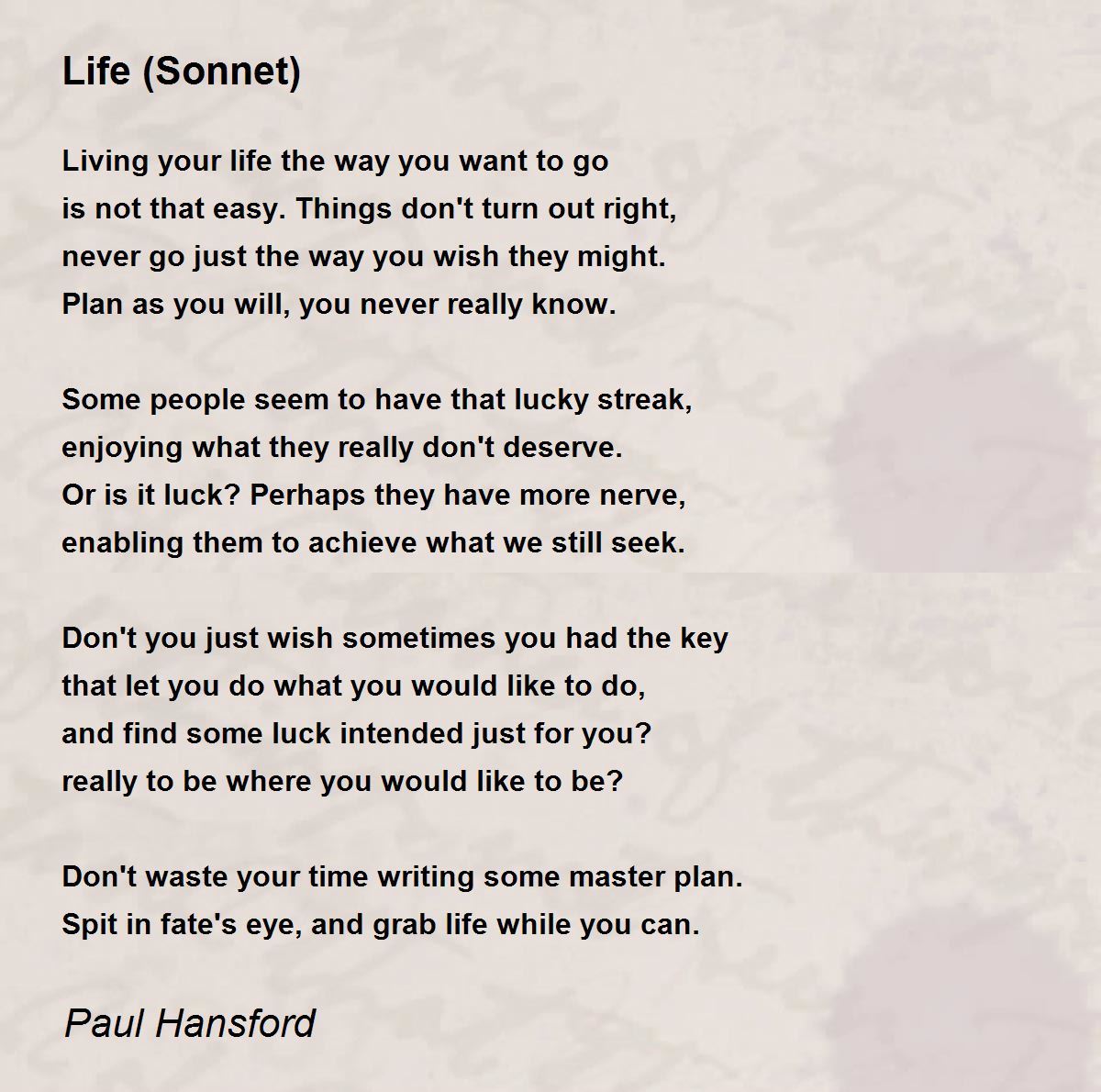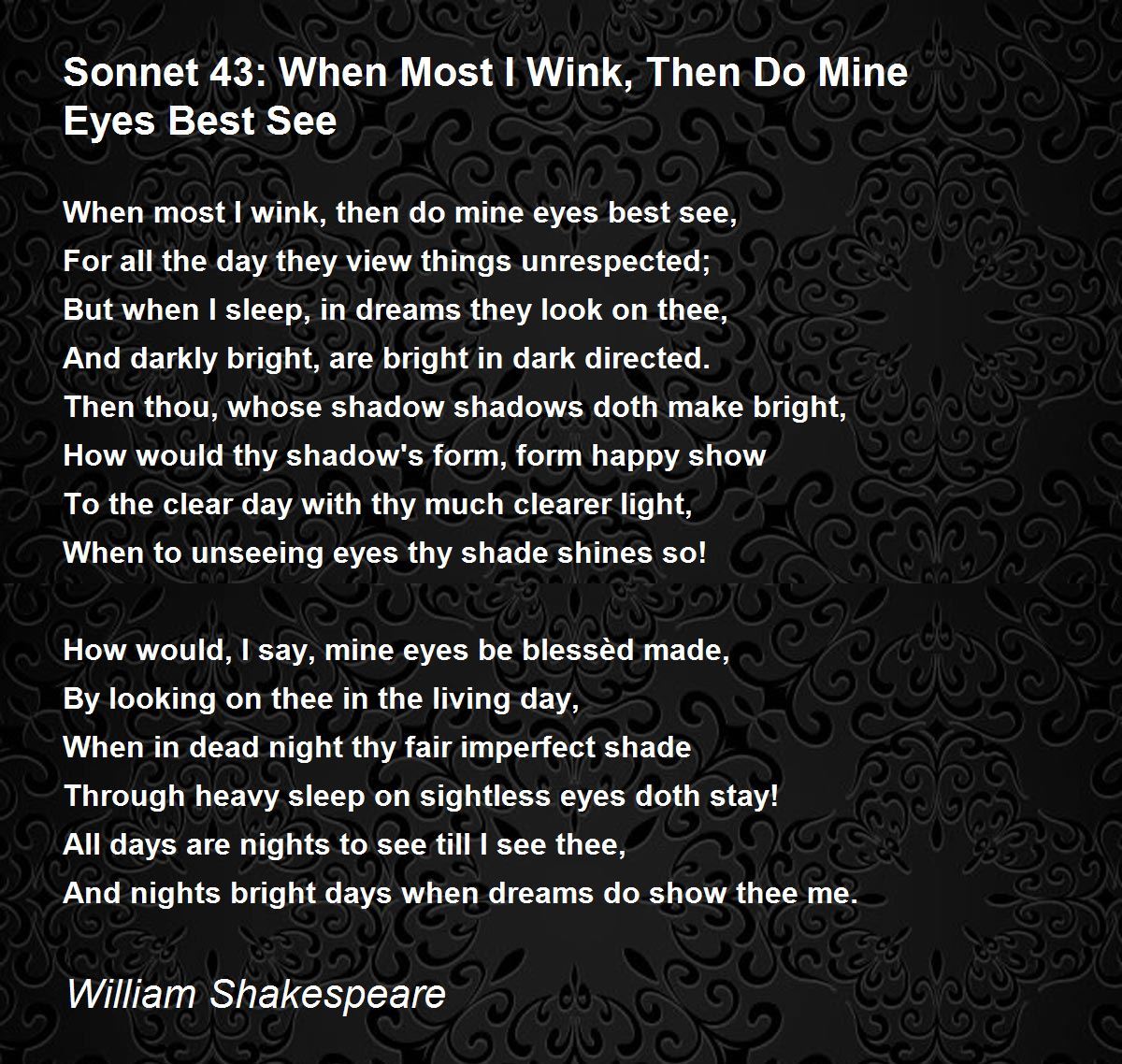
The voice was always a man’s voice, the feelings described were a man’s experience of love. But in all these poems women were seen, not heard. Sonnets are filled with women, of course, as long ago as the 1350s when the mysterious Laura was the object of Petrarch’s affections ( Petrarch was an Italian master of the love sonnet, so much so that a particular form of sonnet, the Petrarchan Sonnet, was named after him). In 1922, published women’s voices were still comparatively rare. What could be a cliché becomes revolutionary poetry that defies expectation. Far from being noble gentlemen, her lovers all have roving eyes and unfaithful intentions. Sonnets have long been associated with love poetry Millay adopts this most traditional of forms yet gives us a totally modern take on the theme of love, derived from her own lived experience: all the let-downs, broken dreams, mistakes, arguments and disappointments of love. Love, though for this you riddle me with darts

At the start of her Four Sonnets, she personifies love killing her like a gladiator in an arena:

In Millay’s experience, love never lasts and her lovers are faithless and inconstant. I would indeed that love were longer lived,Īnd vows were not so brittle as they are. These lines from her 1922 Four Sonnets sequence are quite revealing:Īnd all your charms more changeful than the tide In the third line of Sonnet 29 she pointedly mentions that, once beauties passed away, love always seems to start looking elsewhere as well. She began to adopt a fatalistic streak towards her loves and lovers, never fully believing that her relationships could ever last. Until then her life was marked by a string of love affairs many passionate and intense, most of which ended suddenly leaving Millay distraught more than once. Eventually Edna would marry Eugen Jan Boissevain but not until 1923 – after Sonnet 29 was written. Her mother divorced when Millay was 8 years old and thereafter raised Edna and her two sisters alone. Bad luck in love seemed to run in her family. In this case, however, it’s true that Edna Millay herself had a turbulent love life. It’s often unwise to assume that the speaker of a poem and the writer are the same person. What the swift mind beholds at every turn. Strewing fresh wreckage gathered in the gales:

Than the great tide that treads the shifting shore, Than the wide blossom which the wind assails, This have I known always: Love is no more
/what-is-a-sonnet-2985266_FINAL-5c92a9d446e0fb0001376e7d.png)
Nor that a man’s desire is hushed so soon, Nor that the ebbing tide goes out to sea, At the same time, Millay explores the age-old conflict between the heart and the head, kicking herself that all along that she knew how this particular relationship was going to turn out – but threw herself in head-first regardless: Pity me not because the light of dayįrom field to thicket as the year goes by Sonnet 29, from a sequence of sonnets Millay wrote and published between 19, perfectly captures the way you might try to bury the hurt deep down – but sometimes the armour cracks or the façade slips and grief comes tumbling out. If you’ve ever gone through a heart-wrenching break-up, you’ll be able to relate to today’s poem by Edna St Vincent Millay.


 0 kommentar(er)
0 kommentar(er)
